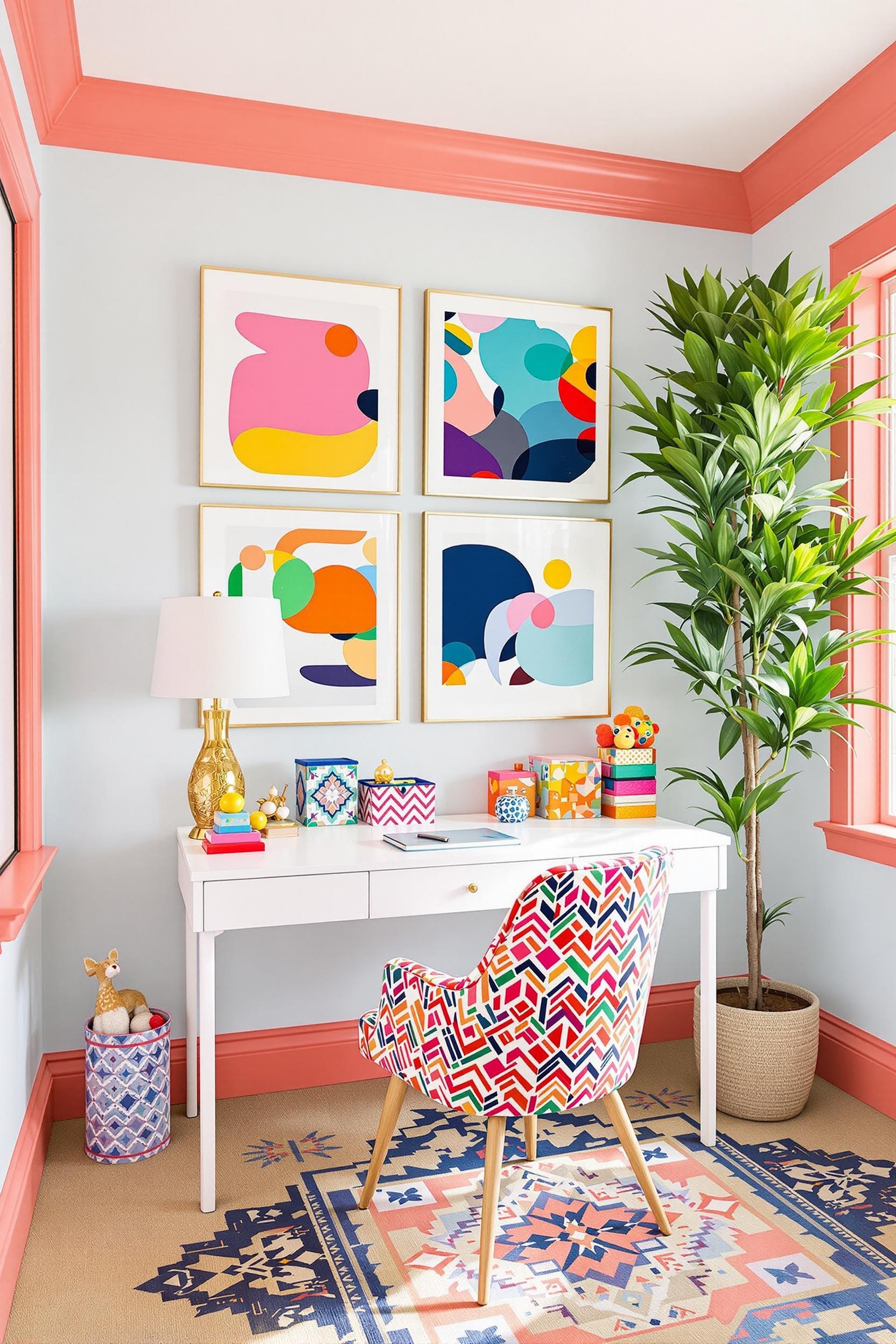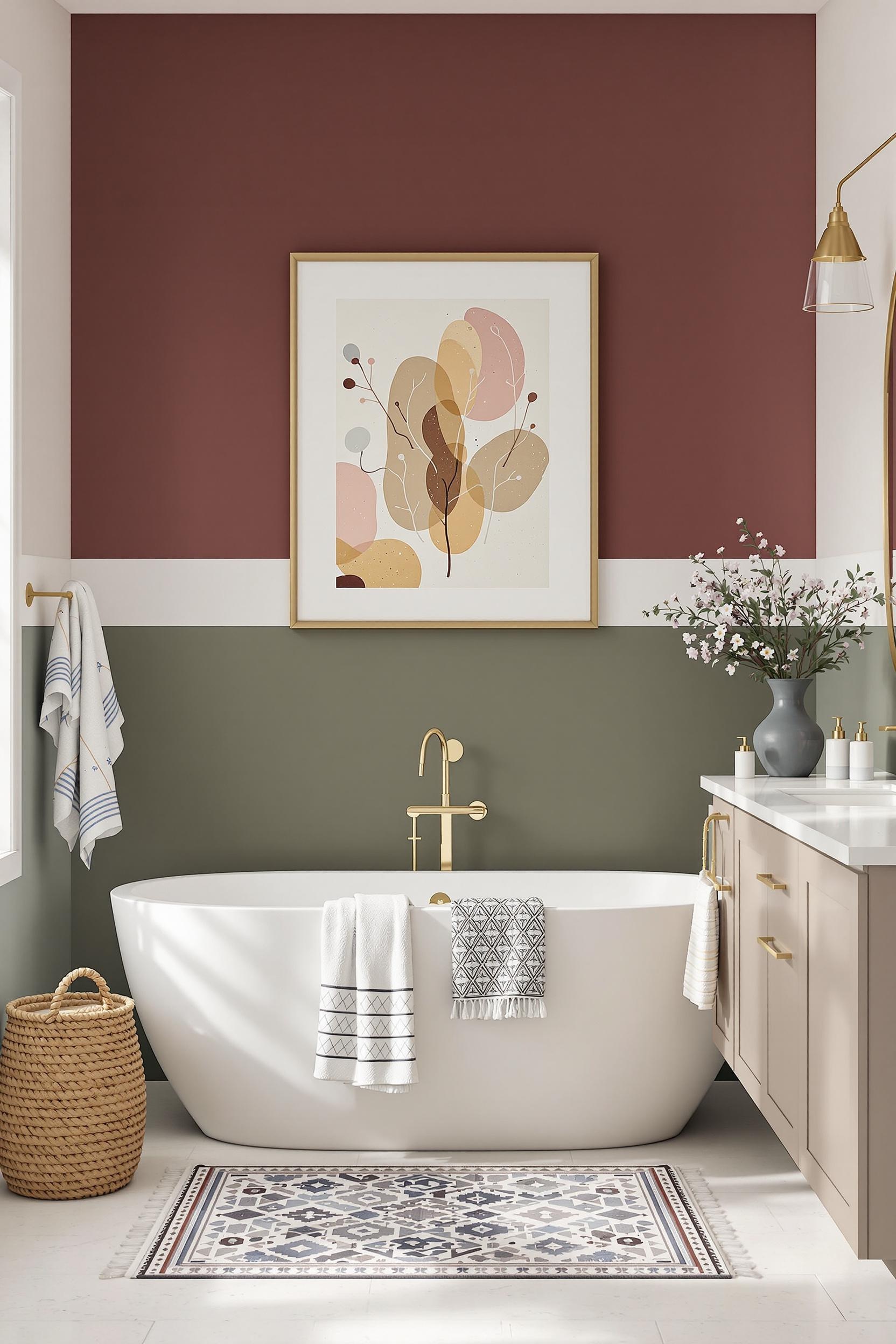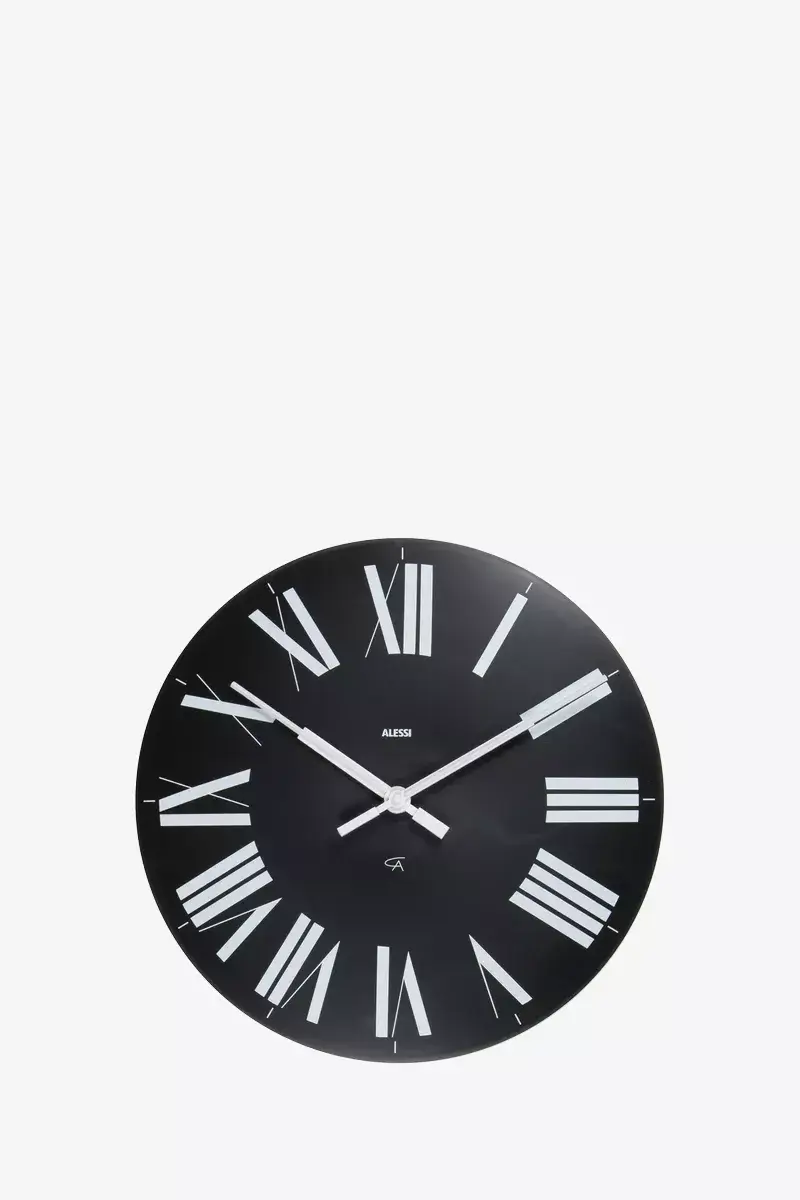
Color Blocking with Trim and Molding: Painting Trim, Molding, or Baseboards in Contrasting Colors
Have you ever noticed how a single bold detail can transform a room? That high-contrast baseboard that draws the eye, or the rich crown molding that frames a neutral wall like art? That’s the magic of color blocking with trim and molding. It’s one of the most effective and accessible techniques I’ve used to elevate minimalist interiors.
Using contrasting trim painting techniques isn’t just about making your walls pop—it’s about reshaping how you experience space. Studies show that bold design elements like color blocked baseboards can increase space perception, organization, and mood. You’re not just decorating; you’re designing with purpose.
In this guide, I’ll break down everything from modern color block trim ideas to bold baseboard strategies, all tailored for minimalist homes. I’ll also share expert tricks to help incorporate bold colors without compromising serenity.
Color Blocking Trim: Strategic Color Zoning for Minimalist Spaces
When used intentionally, interior trim color blocking does more than make a room pretty—it sets a visual hierarchy. The contrast between walls and baseboards, or bold crown molding, can establish zones of function and flow. In an open floor plan, for example, this helps visually separate a kitchen from living space without adding walls.
Color blocked trim is also a minimalist’s best friend. Instead of clutter, it relies on geometry and color interaction. I love pairing rich, warm neutral walls with matte black or olive baseboards for subtle drama. You can explore more about these zoning techniques in my detailed guide on zoning your open-concept layout.
The Psychology Behind Contrasting Trim Painting
Color blocking has psychological benefits too. Research shows that well-placed contrasting baseboards improve spatial orientation and comfort. Even better, minimalist spaces with bold-color trim scored 30% higher in perceived sophistication than traditional monochrome rooms. Isn’t that incredible?
Precision Matters: Choosing the Right Color Combinations
Let’s make it simple. When picking colors for painting molding in contrasting colors, follow three rules: choose complementary or analogous hues, maintain contrast, and match tone temperature. For example, warm taupe walls with a rust or terracotta baseboard add balance and character. You can explore more creative pairings in the 2025 minimalist color blocking guide.
If you’re unsure where to begin, start with your trim. Try a dark navy crown molding on a warm white wall. Or do what I did in my studio—pair a muted gray wall with emerald green baseboards. It’s elegant, not overwhelming.
Minimalist Color Blocking Baseboards: Small Change, Big Impact
Baseboards are usually an afterthought. But with color blocking, they’re front and center. Choosing the right color can deepen a space or make ceilings feel taller. Darker tones on baseboards anchor the space, while brighter or colored baseboards draw attention and create excitement.
Want to dive in deeper? My guide on making small rooms look larger using color block tricks is a must-read!
Two-Tone Baseboard Paint Ideas
Don’t want to go all-in? Try a two-tone effect. Paint the top edge of your baseboard in a saturated color and leave the lower section neutral. This adds just enough flair, especially in minimalist bedrooms or studies. Explore how I did just that in my bedroom transformation project.
Open Spaces, Defined Zones: Smart Color Blocking with Molding
Color zoning in open plans is vital. When rooms flow into each other, trim and molding help define living, dining, or working areas. Think deep plum crown molding in a reading corner versus crisp white in shared living spaces. These changes need no walls—just paint and good planning.
In my living room, I used forest green trim surrounding seating areas and went neutral around open walkways. It’s subtle, but it guides the eye and sets a tone.
Technical Tips for Color Blocking Trim and Molding
Now let’s get practical. When painting trim differently from your walls, finish and placement are key. Semi-gloss or high-gloss paints are more durable and visually striking on architectural details like molding and trim. These finishes also work well with textured minimalist designs.
Also remember to test your color combinations in your space’s natural lighting. A color might look too bold in dark rooms or get washed out in sunlight. I always tape sample swatches on trim and observe them over a day or two before committing.
The Best Rooms for Color Blocking with Trim
Any room can benefit from painted trim color combinations—but here are my favorite spaces to experiment:
- Entryway: Impress from the start. Try black door frames against white walls for contrast. See how this works in my entryway makeover.
- Bathroom: Pair seafoam or navy trim with crisp tiles for a serene yet bold touch. Learn more in my bathroom transformation article.
- Home Office: Define working zones with molding in rusty red or warm brown for focus and character. Explore more home office color zoning ideas.
- Mudroom: Make a statement with bold trims and mixed terrain textures. Great ideas live in my modern mudroom post.
Color Blocking Continued: Experimenting with Furniture and Accessories
If you love trim color blocking, expand it to color block furniture pieces or accessories. Stools with color dipped legs match perfectly with contrasting baseboards. Matching wall frames in trimmed corners can echo your theme.
This creates cohesion, especially in often-forgotten rooms like pantries and libraries (check out my ideas for pantry color blocking here).
Unlock Your Interior Design Potential: Color Blocking Mastery Awaits!
Transform Your Home with Expert Color Blocking Strategies
Are you ready to elevate your interior design game and become a color blocking expert? I’m about to share the insider secrets that will transform your living spaces from ordinary to extraordinary, focusing specifically on the art of color blocking trim, molding, and baseboards.
Exclusive Color Blocking Toolkit: Your Design Revolution Starts Here
Most homeowners struggle with creating cohesive, sophisticated interior spaces. But what if you could master the exact techniques professional designers use to create stunning minimalist interiors? Our comprehensive Color Blocking Mastery Toolkit is your ultimate guide to architectural color zoning.
- Learn how to use contrasting baseboard colors to define zones
- Discover the psychological impact of trim placement
- Master how to create boundaries without walls
- Understand how to pick paint colors that work beautifully together
The toolkit combines cutting-edge color psychology with top tips from the latest 2025 minimalist design trends. I created this with both novices and design pros in mind.
Your Invitation to Design Excellence
Unlock Your Design Potential Now!
Color Blocking Trim: Frequently Asked Questions (FAQs)
FAQ 1: What exactly is color blocking with trim and baseboards?
It’s the art of painting baseboards, crown molding, and door frames in contrasting or bold shades. It brings visual drama and helps define spaces. Trim becomes a star, not a background player. Recent findings suggest this can boost a room’s perceived taste level by as much as 30%. Learn more at this wall and trim resource here.
FAQ 2: How do I choose the right colors?
Look for colors with strong contrast. If your wall is warm, use a cool trim. Think slate blue on beige walls. See more great combos in the 2025 minimalist paint guide.
FAQ 3: Can I do this in a small space?
Yes! It works beautifully in small rooms as it defines space and adds depth. Use darker trim on vertical elements to elongate your walls.
FAQ 4: What finish should I use?
Semi-gloss or high-gloss is best for trim. These shine in the light, making architectural details pop. Plus, glossier paint is easier to clean and more durable.
FAQ 5: Can I use color blocking in open-plan spaces?
Yes, and it’s especially useful! Trim in bold shades like forest green or deep red can subtly mark work or leisure zones. Explore it more here.
Final Thoughts: Make Trim Your Secret Weapon
Whether you’re into color block molding design or simply want to try two tone baseboard paint ideas, color blocking gives you creative freedom unlike any other paint strategy. Your baseboards hold power—use them! Start small. Test swatches. Explore bold, strategic colors. And don’t forget—your home should be a story that feels like you.
Sign up for exclusive tips, updates, and color guides:






